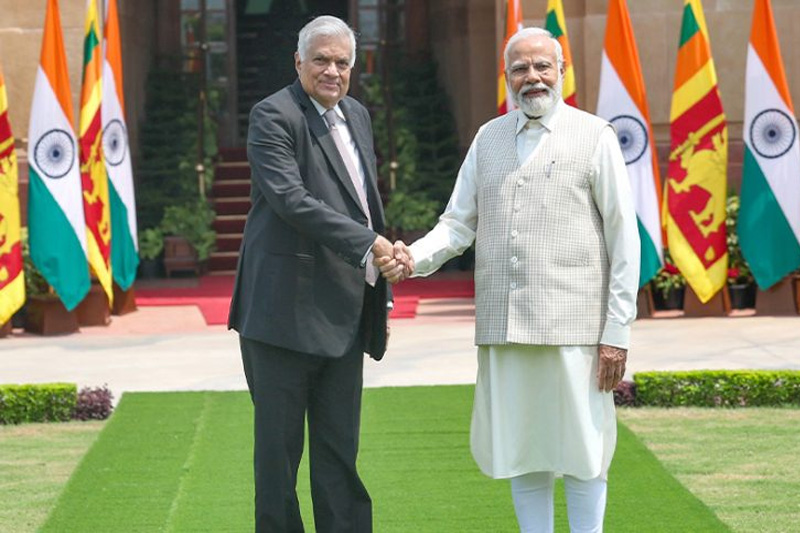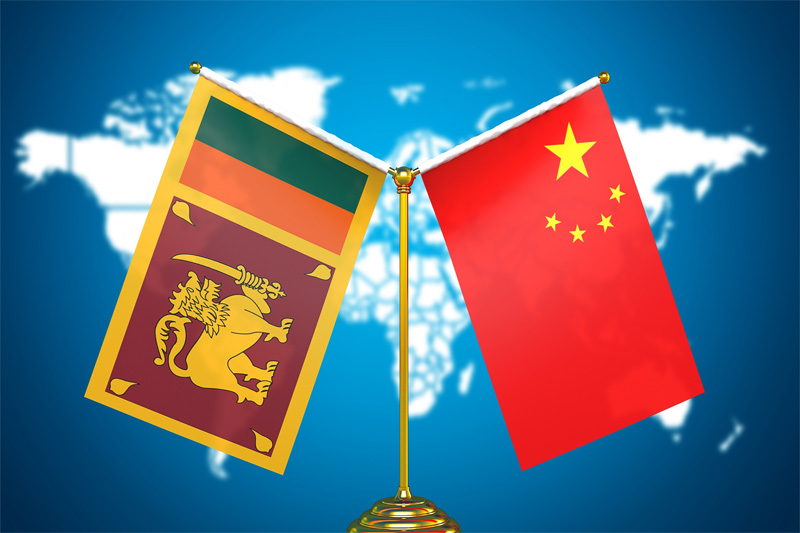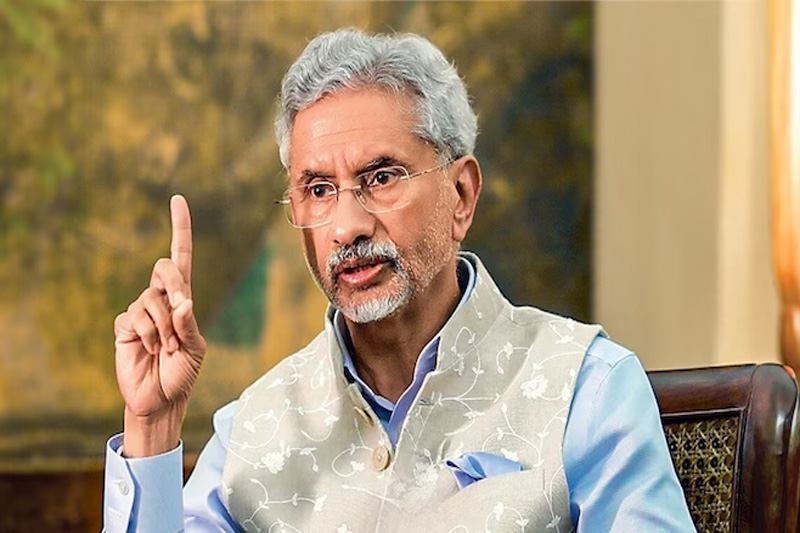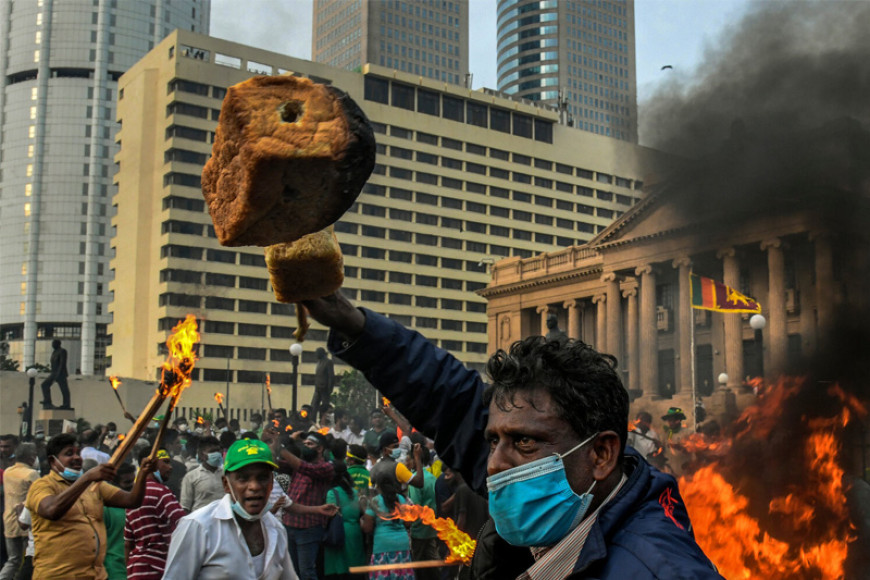Sri Lanka’s presidential election today on September 21 is a pivotal moment in its post-independence history. As the country faces a deep economic crisis, its foreign policy options are constrained by reliance on multilateral assistance. Any shifts in foreign policy will likely be minor, as the economic reality limits significant changes in the country’s relations with major powers like China, India, Japan, and the U.S.
A key aspect of this crisis is the management of Sri Lanka’s external debt, particularly repayments to India and the Asian Clearing Union (ACU). Recently, Sri Lanka repaid $400 million from an Indian swap and another $200 million toward its $2.2 billion ACU liabilities. The Central Bank of Sri Lanka (CBSL) has been settling these debts in installments, reflecting the severe financial strain. The International Monetary Fund (IMF) has also merged these liabilities into a $2.6 billion bilateral swap, with repayments scheduled from 2023 to 2026.
India played a crucial role in stabilizing Sri Lanka's economy during the crisis. In 2022, India extended $4 billion in emergency financing, of which $3.3 billion was used that year. By early 2024, Sri Lanka had repaid $225 million to the Reserve Bank of India (RBI). The IMF stipulates that Sri Lanka must raise its foreign currency reserves to $5.3 billion by the end of 2024, giving the CBSL some breathing room.

India’s Strategic Response
India’s financial aid to Sri Lanka wasn’t just humanitarian. Former Sri Lankan officials noted that India saw the crisis as an opportunity to increase its influence in the region, countering China's growing presence. India’s support not only helped Sri Lanka avoid defaulting on multilateral debt but also positioned India as a key economic partner. During the crisis, India’s trade share with Sri Lanka increased, alongside investments in strategic sectors.
However, deepening economic ties with India faces challenges due to longstanding anti-India sentiments in Sri Lanka, rooted in historical tensions and perceived interference. India’s $4 billion aid package, which allowed Sri Lanka to maintain essential imports, reflects India’s geopolitical ambitions in South Asia. While this intervention helped protect critical economic links, such as the Colombo Port, India’s support also challenged China’s dominance in Sri Lanka.
China has been a major player in Sri Lanka's economy, investing in large infrastructure projects like Hambantota Port and Colombo Port City as part of its Belt and Road Initiative (BRI). India, under Prime Minister Narendra Modi, recognizes the need to compete with China, especially in its immediate neighborhood.

Neighbourhood First Policy
India’s intervention in Sri Lanka aligns with its "Neighbourhood First Policy" (NFP), aimed at strengthening ties with South Asian nations and asserting leadership in the Indian Ocean Region. Subrahmanyam Jaishankar, India’s Minister of External Affairs, has been instrumental in shaping India’s response to Sri Lanka’s crisis, aiming to counterbalance China’s growing influence in South Asia.
Sri Lanka’s pivot to China began before the BRI's official launch, with major projects like Norochcholai Power Plant and Hambantota Port. While India attempted to finance post-war reconstruction in Sri Lanka between 2011 and 2013, Chinese funding overshadowed India’s efforts. Chinese state-owned enterprises now control several strategic assets in Sri Lanka, causing concerns in New Delhi about China’s intentions.
Indian scholars have framed China’s role in Sri Lanka as part of a "debt-trap diplomacy" narrative, accusing China of using excessive loans to gain control over critical infrastructure in developing nations. China denies these claims, but its investments in Sri Lanka remained strong through the COVID-19 pandemic, with financing continuing through 2020–2021.
In contrast, India’s response to Sri Lanka’s 2022 crisis was swift and decisive, showcasing India as a reliable partner. Jaishankar highlighted that India’s unprecedented response shifted regional perceptions of its economic and diplomatic capabilities. His experience in foreign policy, including a stint as ambassador to China, shaped his approach to the Sri Lankan crisis.

Challenges and Future Prospects
Despite India’s efforts, Sri Lanka’s political landscape is complex. Longstanding anti-India sentiments, exacerbated by controversial Indian investments, pose a challenge to deeper bilateral relations. For instance, the controversy surrounding Adani Group’s investments in Sri Lanka, which allegedly bypassed competitive tenders, fueled public dissatisfaction. While India has made inroads into strategic sectors, China’s deep economic involvement remains a significant factor.
As Sri Lanka prepares for its presidential election, the country’s future is uncertain. The next government will need to balance relations with India, China, and other regional powers like Japan, Australia, and the U.S., all of whom have vested interests in Sri Lanka’s stability. These dynamics will shape the country’s foreign relations and economic recovery.
Ultimately, Sri Lanka’s ability to navigate its relationships with both India and China will be key to its future. While India has emerged as a crucial partner during the economic crisis, China’s long-standing presence in Sri Lanka’s economy is undeniable. Sri Lanka’s leaders face the challenge of maintaining strategic autonomy while securing external support for the country’s recovery.



